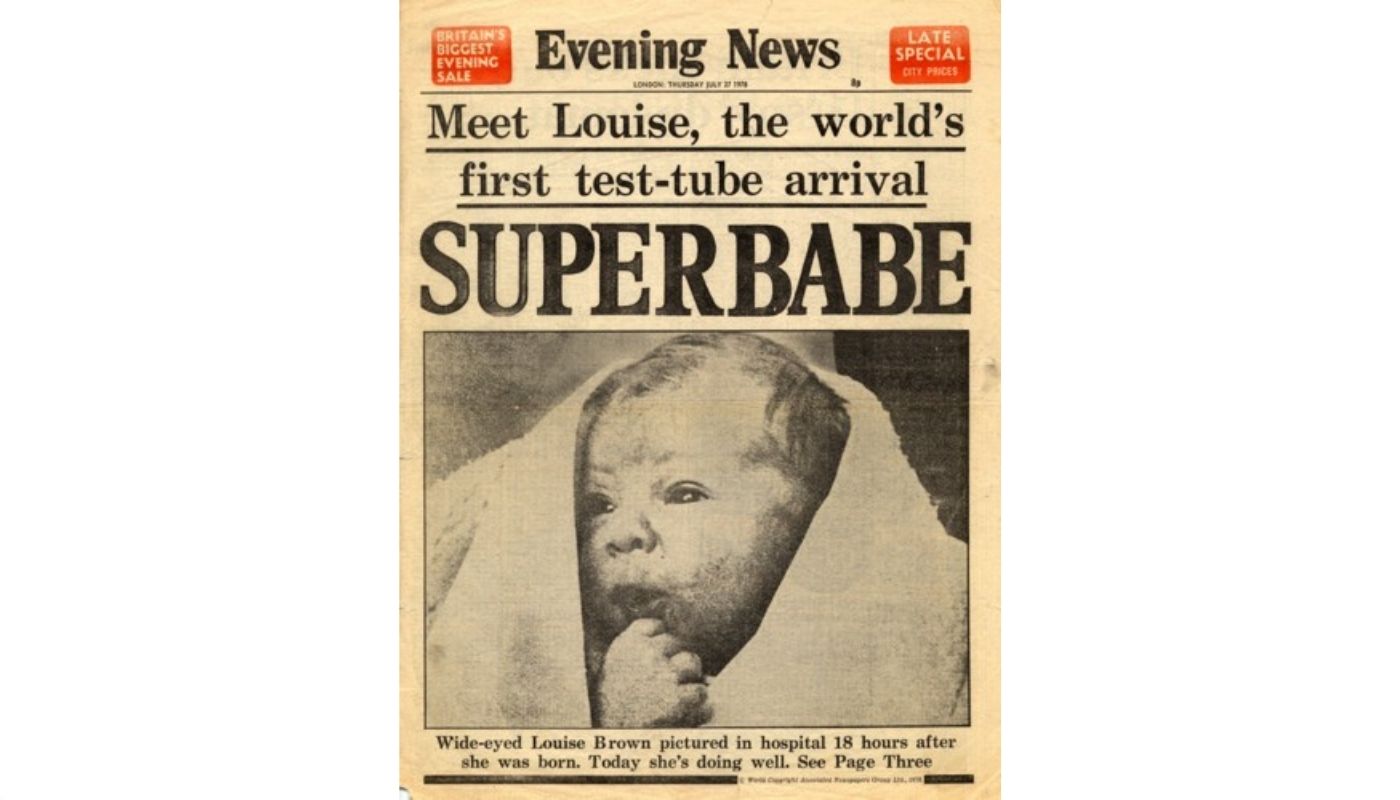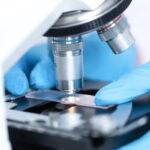History of IVF

İçindekiler
ToggleThe development process of in vitro fertilization over the years
The problem of infertility is as old as human history and the desire of infertile couples to have a baby through medical treatment dates back to long ago. The first successful result of in vitro fertilization treatments that arose from such a need was only achieved in 1978. In those years, human egg cells could be fertilized in an external environment and a miraculous solution for medicine was realized.
In 1968, an artificial tube was inserted into a woman with blocked fallopian tubes, but it was not successful. Later, in 1973, fertilization outside the body was achieved, but it was not successful, resulting in a miscarriage.
Working together, Dr. Edwards and Dr. Steptoe first achieved success with in vitro fertilization in England in 1978.
In vitro fertilization applications were initially needed due to blocked tubes, and then progressed through many stages and changed their developmental direction with today’s technology. With many hereditary diseases, the existence of which was learned while they were still embryos, technical information that could change the direction of treatment could be obtained.
What new techniques have been implemented in in vitro fertilization treatments today?
- Artificial womb applications (Co-Culture): Its benefits are scientifically controversial.
- Egg and embryo freezing procedures (Freezing)
- Making the embryo membrane thinner (Assisted Hatching)
- IMSI technique in in vitro fertilization treatments
- Acupuncture applications to support in vitro fertilization treatment
- Preimplantation genetic diagnosis (PGD) applications
- Targeting quality embryo selection with metabolomics technique
- Genetic diagnosis methods with PGD and CGH
Why are in vitro fertilization treatments preferred today?
- If the uterine tubes are blocked and it is not possible to get pregnant through normal means.
- In father candidates who have problems with sperm production or if the sperm are functionally inadequate.
- If you have not been able to have a baby through normal means due to advanced adhesions in the abdomen due to chocolate cysts.
- If pregnancy cannot be achieved due to problems with the immune system
- In cases of infertility whose cause cannot be fully explained
- In couples with a high probability of having a baby with genetic problems
- In expectant mothers with recurrent miscarriage cases
- If a baby has not been conceived using the insemination technique before, in vitro fertilization may be considered necessary.
- If reproductive cells need to be frozen due to various illnesses and pregnancy needs to be achieved at the appropriate time (since cancer treatment will affect reproductive cells, freezing of the cells may be requested before treatment begins. Again, if sperm samples have been obtained through surgical procedures in men, they may need to be frozen and used at a later date.)
- In couples who are older and cannot conceive naturally, in vitro fertilization treatments may be brought forward.
What stages have been determined as criteria in IVF treatments from history to the present?
- In the first stage, examination and general evaluation of the patients will be made.
- The second stage involves stimulating the ovaries appropriately and providing opportunities for the egg to develop.
- In the third stage, eggs are collected,
- In the fourth stage, fertilization is ensured,
- Finally, the fifth stage involves the transfer of the embryo to the mother’s uterus .






